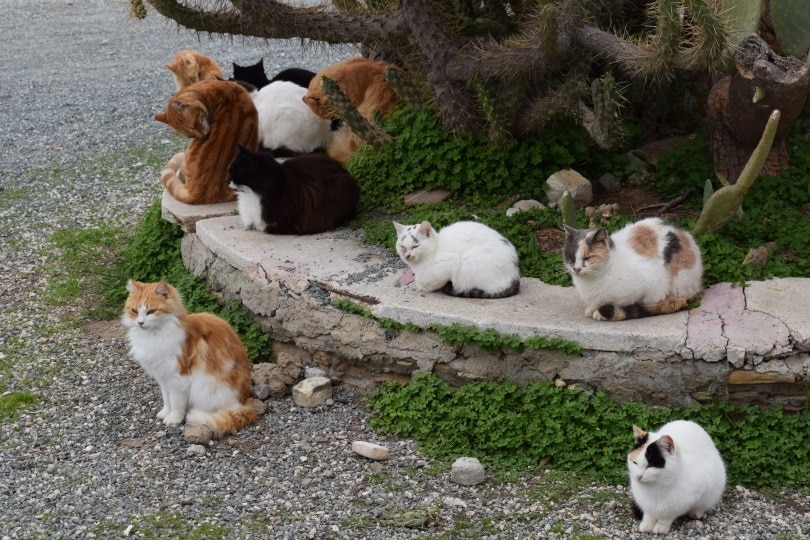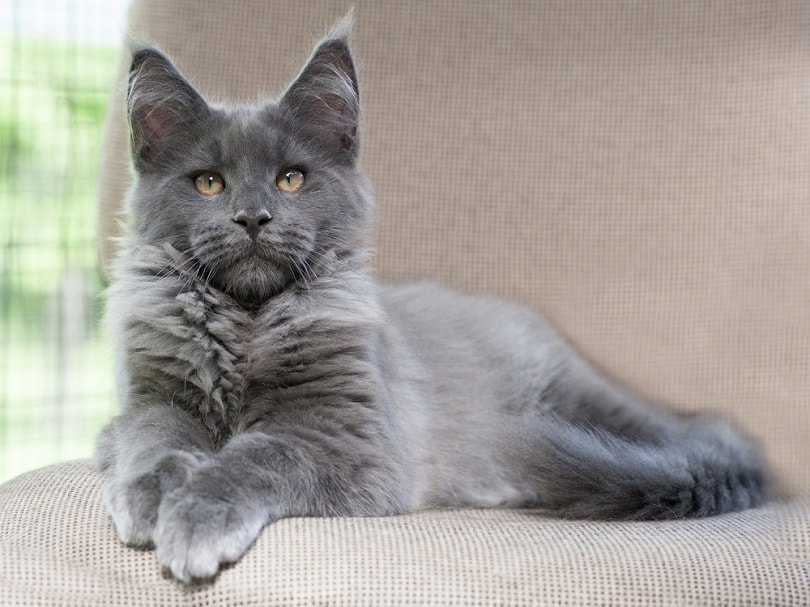Over 45 million American households have at least one cat among their family members. Unlike dogs, felines have different relationships with their owners. Some pets serve valuable purposes as mousers, keeping a home or farm free of rodents. Whereas we expect a canine to enjoy being cuddled, cats often dictate the terms of affection as they see fit.
The origins and history of felines provide valuable clues about why this difference exists between our pets. It’s a story of pharaohs, worship, and a shared past that stretches back millions of years. Cats have always fascinated us. Their past reveals how these animals have won a place in our hearts.
It’s essential to start at the evolutionary beginning to understand the chronicle of the cat’s existence better. It turns out that humans are much closer to our feline companions than you may think. Cats, dogs, rodents, and hominids, or early humans and apes, share a common ancestor that goes back about 94 million years ago.

That can explain, in part, why we can communicate so well with our pets. Researchers concluded that domesticated cats could hone their vocal repertoire to broadcast their feelings and needs to their owners. Anyone with a feline companion in their life is sure to agree. Our evolutionary history has also given us an edge, with us sharing about 90% of our DNA.
Hominids split off from this common origin about 87 million years ago. Canines and feline went their separate evolutionary paths about 55 million years ago. It’s worth noting this closer relationship between these animals. It may provide some evidence of their similarities and a basis for why we have dogs and cats as pets.
The Origins of Early Cats
As a group, cats stayed together relatively long before diverging into the ca 38 wild species that exist today from the original eight lineages. Our pets have a common origin with other smaller felines, including the African Wildcat and Sand Cat. they diverged from the others about 8–10 million years ago. If you look at pictures of these species, the resemblance is uncanny.

The fascinating thing about this lineage—and cats, in general—is the number of shared behaviors. They all rely on sight to hunt. All are meat-eaters with specialized teeth to get the job done. Unlike dogs, cats are obligate carnivores, which means they get at least 70% of their nourishment from these food sources. They have a difficult time digesting plant materials because of this trait.
The evolutionary history of domesticated cats followed an obscure path that has left researchers puzzled about the exact pathway to domestication. However, genetic analysis has revealed that our pets are all descendants of the Middle Eastern wildcat, Felis sylvestris. That coincides with other evidence of the origin of the animal’s lineage in the Mediterranean region.
Evidence of Cat Domestication
Perhaps the elusive nature of cats is a contributing factor to the mystery of the timing of their domestication. The earliest archaeological evidence came from ancient Egypt and the art that depicted the high regard that these people had for their feline companions. That would place domestication at about 4,000 years ago. However, the relationship between humans and cats goes back further.
Older findings now place domestication in Cyprus at about 9,500 years ago with fossil remains of a human buried with a cat. Of course, that’s a long stretch between a feline roaming near a dwelling to interring it with a person’s body. That has raised questions about what would have encouraged this close relationship to occur in the first place.
The answer may lie with a role that felines still serve today, mousing. Humans existed as hunters and gatherers for thousands of years. It wasn’t until agriculture came on the scene did people form groups and societies. The sequence of events is easy to surmise. Farming yielded the grain, which, in turn, attracted the rodents.
Cats, like any animal, will follow the path of least resistance. In this case, the rodents became easy prey. It wouldn’t take long for humans to figure out that having a cat around was a good thing. That would put an estimate of feline domestication at 12,000 years ago in the Middle East’s Fertile Crescent.

Comparing Dog and Cat Domestication
It’s essential to put the domestication of cats in context with dogs since both species developed mutually beneficial relationships with early humans. Both had a rough start because they competed directly with humans for food. Scientists speculated that this conflict might have contributed to the extinction of the large carnivores of the past.
Humans didn’t need dogs or cats to survive. Instead, domestication may have occurred by chance. Hungry canines may have encountered people on friendlier terms by scavenging. They also had a more social nature than felines that are typically solitary during most of the year. New evidence suggests that canine domestication occurred between 20,000–40,000 years ago in Europe.
The other thing to bear in mind is the relationship and subsequent selective breeding that has occurred with both dogs and cats. Part of the early motivation for humans was likely the benefits that dogs offered on the hunt. That role is logical to surmise, given the broad range of purposes that canines have served. There are sighthounds, retrievers, and breeds that flush game.
There are about 339 dog breeds recognized by the Fédération Cynologique Internationale (FCI). Consider the many jobs these pups have taken on, from herding to hunting to companionship. On the other hand, people have selectively bred cats for their looks. The International Cat Association (TICA) currently recognizes 73 breeds.

Final Thoughts
Cats have a special place in our hearts because of the companionship they provide and the affection they share with us. While it took us longer to domesticate them, we still love our pets. Perhaps it’s that mysterious link to their wild side that we admire. In any case, the relationship is a beneficial one that we’ll likely enjoy for many years to come.
Featured Image Credit: Piqsels





